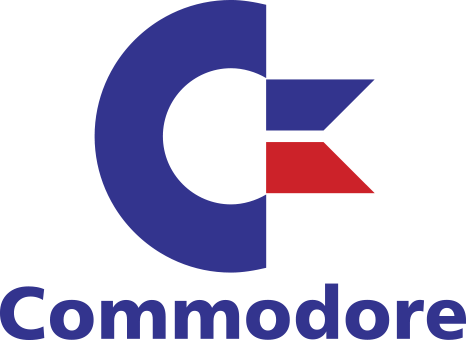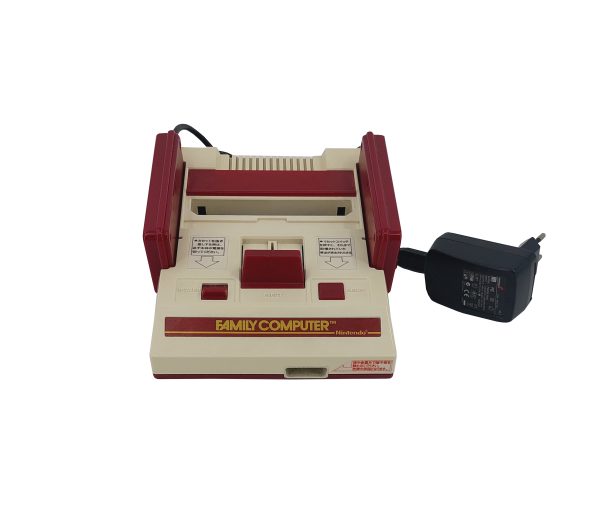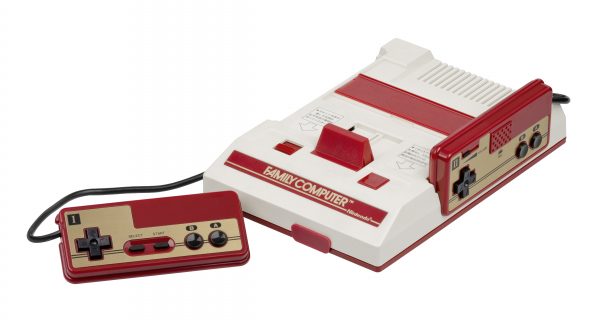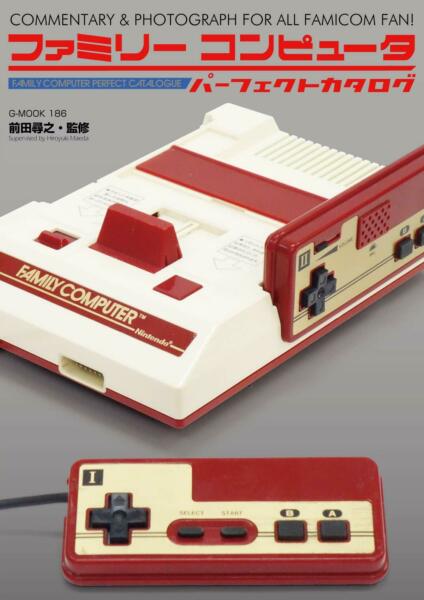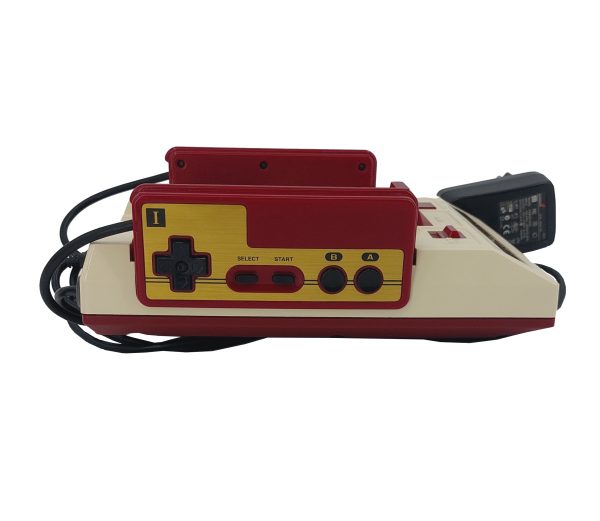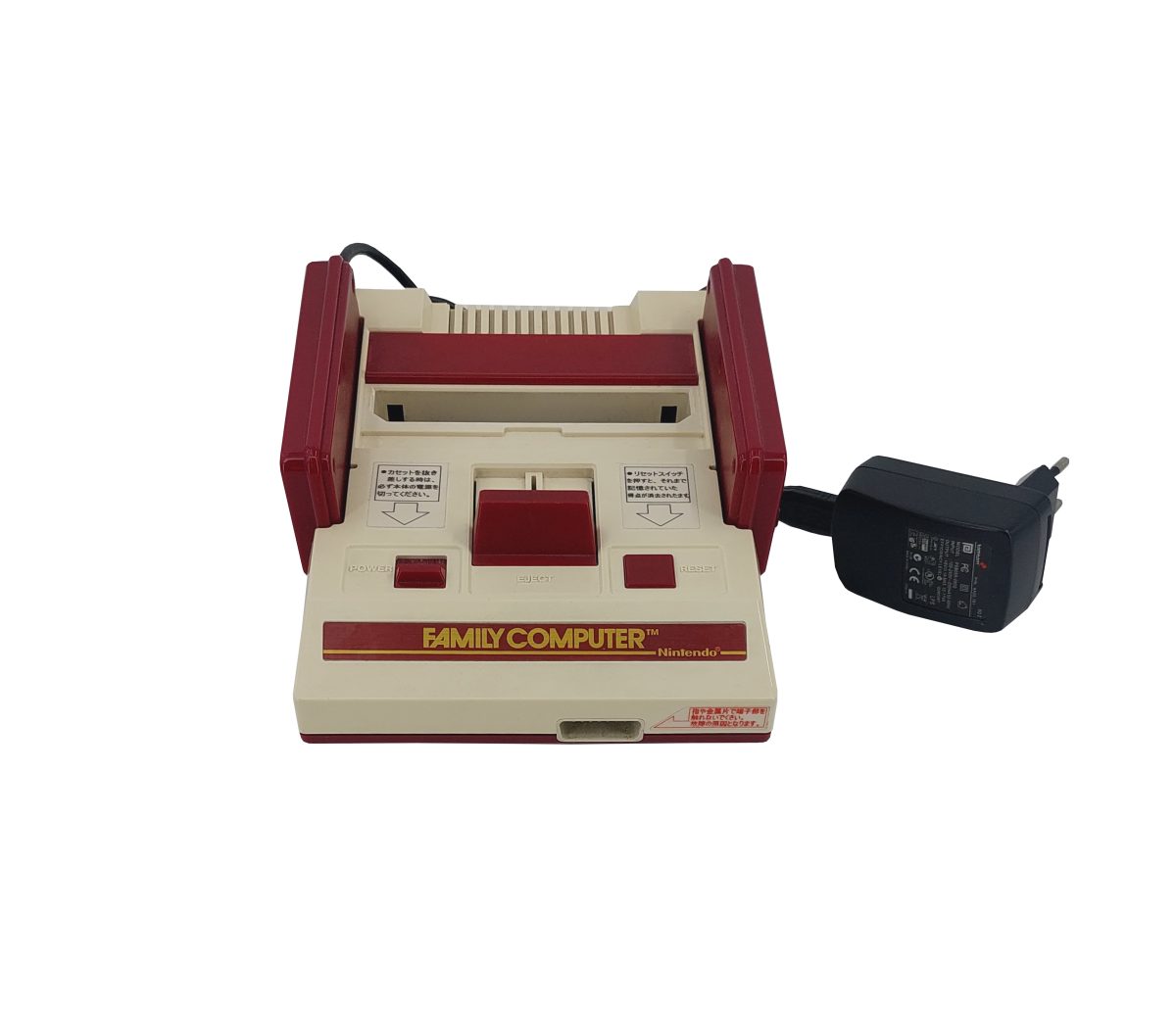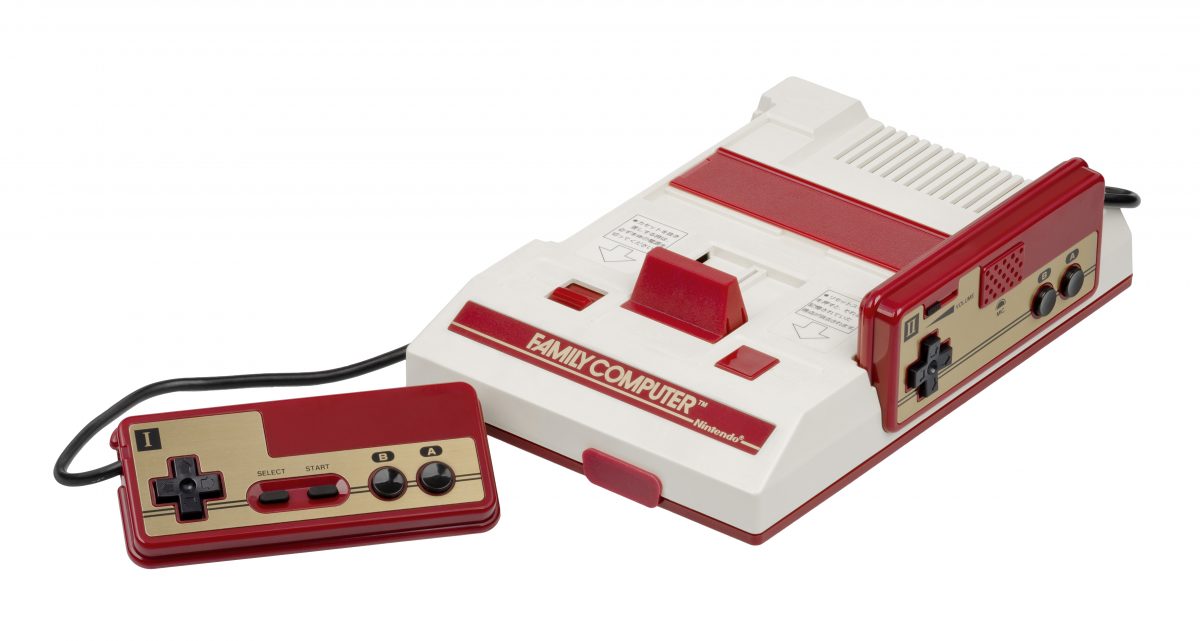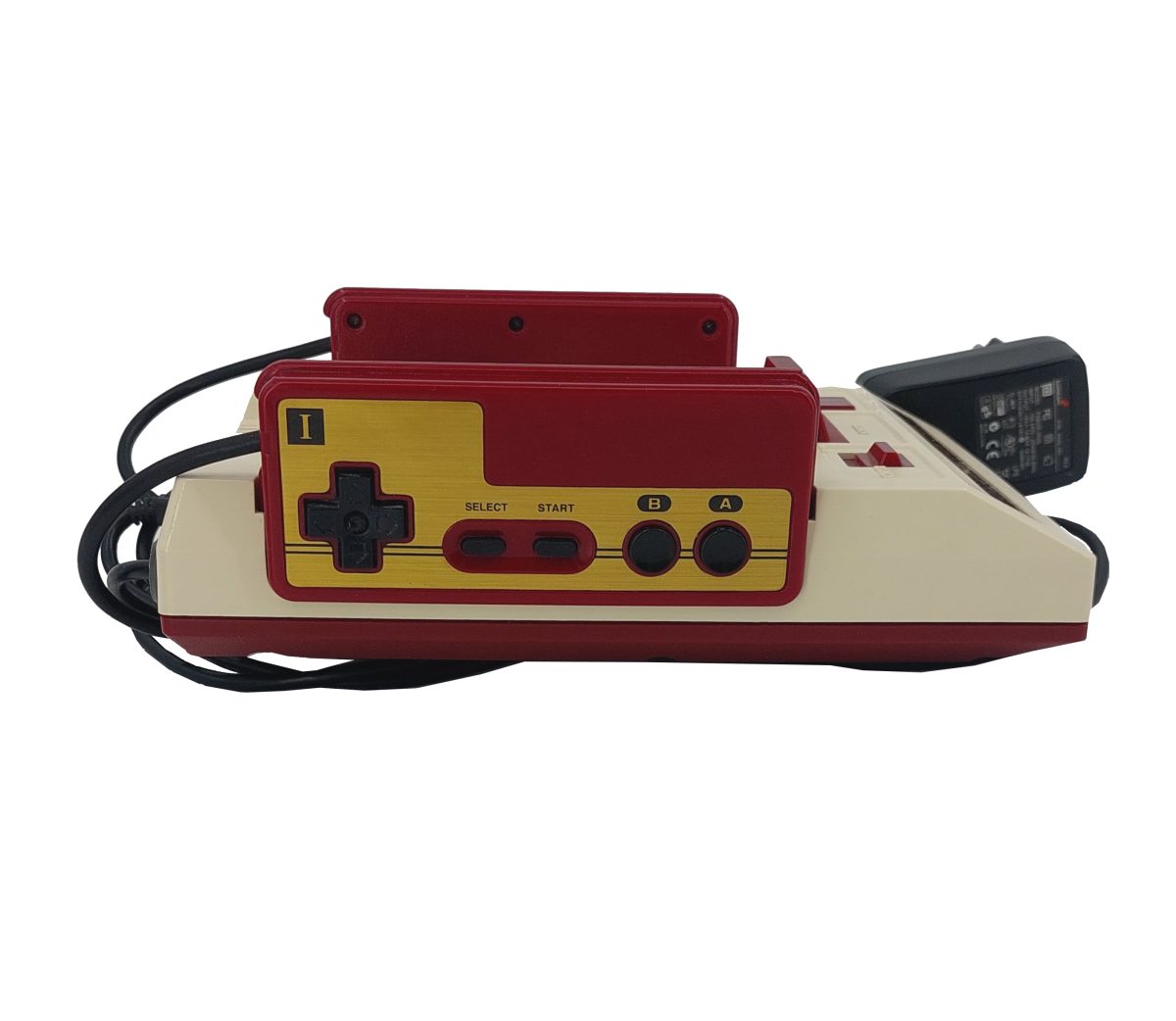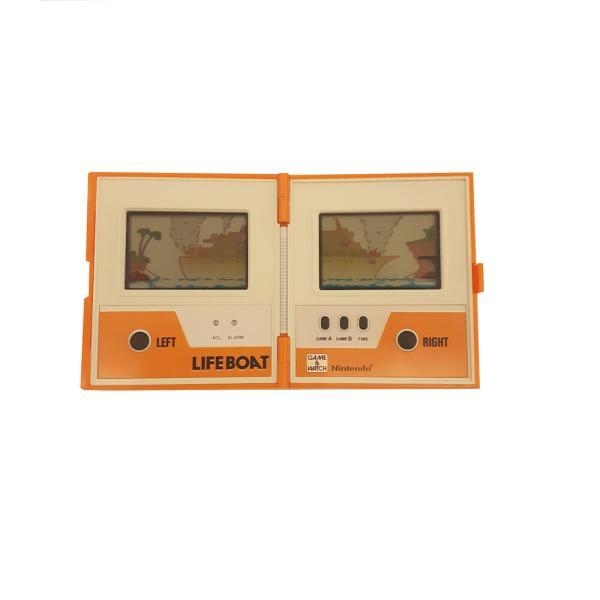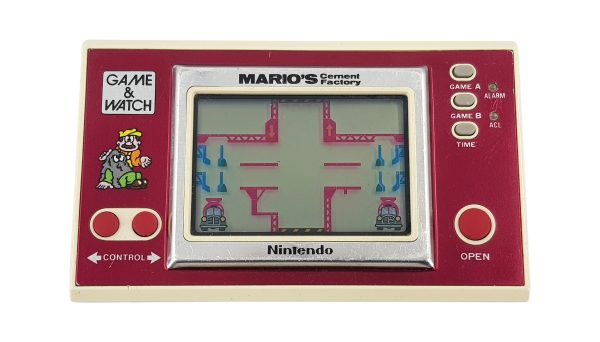Nintendo Famicom (Family Computer)
After a series of successful arcade games in the early eighties, Nintendo made plans to create a cartridge-based console, the Family Computer, or Famicom. Masayuki Uemura designed the system.
Nintendo Famicom (Family Computer)
After a series of successful arcade games in the early eighties, Nintendo made plans to create a cartridge-based console, the Family Computer, or Famicom. Masayuki Uemura designed the system.
The console's hardware was largely based on arcade games, especially the hardware for Namco's Galaxian (1979) as well as Nintendo's Radar Scope (1980) and Donkey Kong (1981), with the goal of matching the powerful sprite- and scroll capabilities of a home system. Original plans suggested an advanced 16-bit system that would function like a full computer with keyboard and disk drive, but president of Nintendo Hiroshi Yamauchi rejected that and decided to go for a cheaper, more conventional game console with cartridges instead. He believed that features such as keyboards and disks would be intimidating non-technophiles.
In October of 1982, Nintendo built a test model to verify the functionality of the hardware, after which they started to work on programming tools. Because 65xx CPUs weren't made or sold in Japan before then, there was no available cross development software and had to be created completely from scratch. Early Famicom games were written on a system that ran on a NEC PC-8001 computer, and LEDs on a raster were used with a digitizer to design graphics, because there were no software development tools for that purpose.
The project existed under the name GameCom, but Masayuki Uemura's wife proposed the name Famicom, because "in Japan pasokon is used to indicate a personal computer, but not a home computer. Maybe we could express that it's a family computer." Meanwhile, Hiroshi Yamauchi decided that the console needed a red and white color scheme after seeing a billboard for DX Antenna (a Japanese antenna manufacturer) that used those colors.
The Famicom was also influenced by the ColecoVision, Coleco's competition for the Atari 2600 in the United States. The ColecoVision's bestseller was a port of Nintendo's Donkey Kong. Takao Sawano, the project's lead manager, introduced a ColecoVision to his family, who were impressed by the system's capability to produce flowing graphics, as opposed to the flickering and lagging that was often seen in Atari 2600 games. Uemura said that the ColecoVision determined the bar for the Famicom. They wanted to improve on it and match the more powerful hardware of Donkey Kong arcade machines. They brought an arcade cabinet to computer chip manufacturer Ricoh for analysis, which led to Ricoh producing the Picture Processing Unit (PPU)-chip for the NES.
According to the original plans, the cartridges for the Famicom should have been the size of a cassette tape, but eventually became twice as big. Special attention was paid to the design of the cartridge connectors, because loose and defect connections plagued arcade machines. Because 60 connection lines were needed for memory and expansion, Nintendo decided to manufacture its own connectors.
Because of cost reasons, the controllers are fixed to the console without connectors.They were more or less direct copies of the Game & Watch machines, although the design team originally wanted to use arcade-like joysticks and even wanted to disassemble American arcade cabinets to see how they worked. There were concerns about the durability of the joystick design, and that children could step on the joysticks if they were on the floor. Katsuyah Nakawaka installed a Game & Watch D-pad to the Famicom prototype and discovered it was easy to use and caused no discomfort. Eventually a 15-pin expansion port was installed on the front, so the usage of an optional arcade-style joystick was possible.
Gunpei Yokoi proposed an ejection lever for the cartridge slot, which wasn't really necessary, but because he believed that children would be entertained by pressing it. Uemura ran with the idea and added a microphone to the second controller, so the player's voices could be cast from the TV speakers.
The console was released on July 15th, 1983, as the Family Computer (or Famicom) for ¥14.800 (equal to ¥18.400 in 2019) with three ports of Nintendo's successful arcade games Donkey Kong, Donkey Kong Jr. and Popeye. The Famicom was slow to gain traction: a bad chipset caused early iterations to crash. After a product recall and re-release with a new motherboard, the Famicom's popularity rose and became one of the best selling game consoles in Japan in 1984. Namco and Hudson Soft came together in 1984 to produce third party games for a reimbursement of 30% for licenses and production cost. This percentage existed in the console- and digital billboards branch until into the 2010s.

